How Do You Recover From Water Damage? Essential Steps For Restoration
While water is essential for life, water damage can suddenly turn into a deadly enemy, leaving a trail of devastation and ruin. It can enter through cracks, broken pipes, or a heavy downpour. The aftermath of water damage can be depressing: wet floors, soggy furniture, and structural problems. But do not despair; knowing about DrierHomes and the water restoration process can help businesses and homeowners traverse the challenges associated with water damage. Understand that water damage from natural disasters, plumbing problems, or leaks requires quick and efficient action to prevent further damage and restore damaged property. That said, here are the vital water damage remediation processes. Rest assured that your property will be habitable and safe for you and those you care about.
Ensuring Personal safety
Consider the safety of all involved before beginning remediation. If possible, disconnect power to the area of concern and wear appropriate protective equipment that includes boots, gloves, and masks to minimize contact with contaminated water or hazardous chemicals.
Restrict The Water Supply
Document The Damages
Keep a detailed record of the water damage to facilitate insurance claims and describe the cleanup process. Take photos and videos of affected areas and document any damage to buildings, furnishings, or personal property. The evidence will be critical in the claims process.
Eliminate Any Standing Water
Eliminate standing water from the affected area as soon as possible. For more significant amounts of water, use mops, buckets, wet or dry vacuums, and water pumps, depending on the extent of the damage. Open windows and use dehumidifiers and fans to improve ventilation and aid the drying process.
Drying Out The Room
After removing the standing water, focus on drying the affected area. Powerful blowers and dehumidifiers can prove helpful in moving the air while aiding in the loss of moisture. Removing damaged items such as furniture, carpeting, and drywall is also essential, as they help encourage mold growth and hinder drying.
Clean And Sterilize
Water damage often leads to contamination, mainly if the water contamination results from a sewage back-up or flooding. To prevent the growth of mold, germs, and other dangerous microbes, carefully wipe down and disinfect all surfaces, especially floors, walls, and furniture. Ensure you use the appropriate cleaning agents and observe safety precautions.
Deal With Mold And Mildew
The development of mold is often a result of water damage. Examine affected areas for signs of mold, including an unpleasant odor or noticeable discoloration. If you suspect mold has developed, engage remediation professionals to remove and treat the affected areas properly.
Evaluation Of The Structural Damage
Water damage can compromise the integrity of a structure. Examine the affected areas for structural damage such as warping, cracking, or damaged foundations. It’s equally crucial to consult an experienced contractor or engineer to analyze the damage and recommend remediation.
Repair And Restore
Once the damaged area completely dries, it’s time to repair the damage. Make repairs or replace damaged insulation, drywall, or flooring. Repaint ceiling and wall surfaces and provide adequate ventilation to aid in the drying process. Consider engaging an expert to verify that the repair complies with safety regulations.
Prevention Of Possible Water-Related Damage
Once you have completed the restoration process, take preventive measures to avoid possible water-related damage. Regularly inspect and maintain plumbing systems, including fixtures, pipes, and other water-related equipment. You can also install backflow preventers, sump pumps, and water leak detection devices. Also, purchase flood insurance for additional protection.
Eliminating water damage is a difficult task that requires a systematic strategy and resilience. The crucial procedures in this article serve as a roadmap to guide you through the remediation process, allowing you to regain control and breathe new life into your damaged home. From protecting personal safety to recording the damage, each step in the recovery process is critical. You lay the groundwork for effective restoration by quickly eliminating the source of the water intrusion, removing standing water, and carefully drying the damaged area. Hiring a professional to clean and disinfect surfaces, treat mold and mildew, and assess structural damage is equally critical to ensuring a safe and habitable environment.
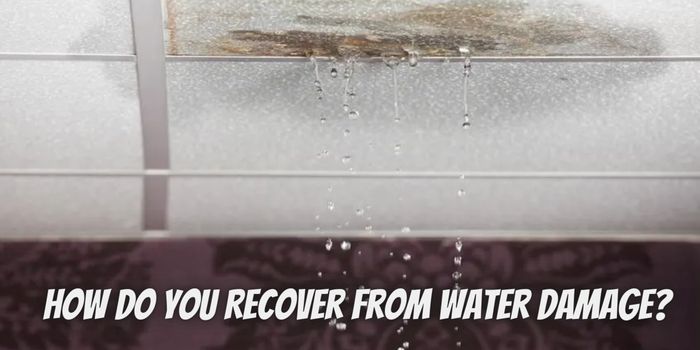

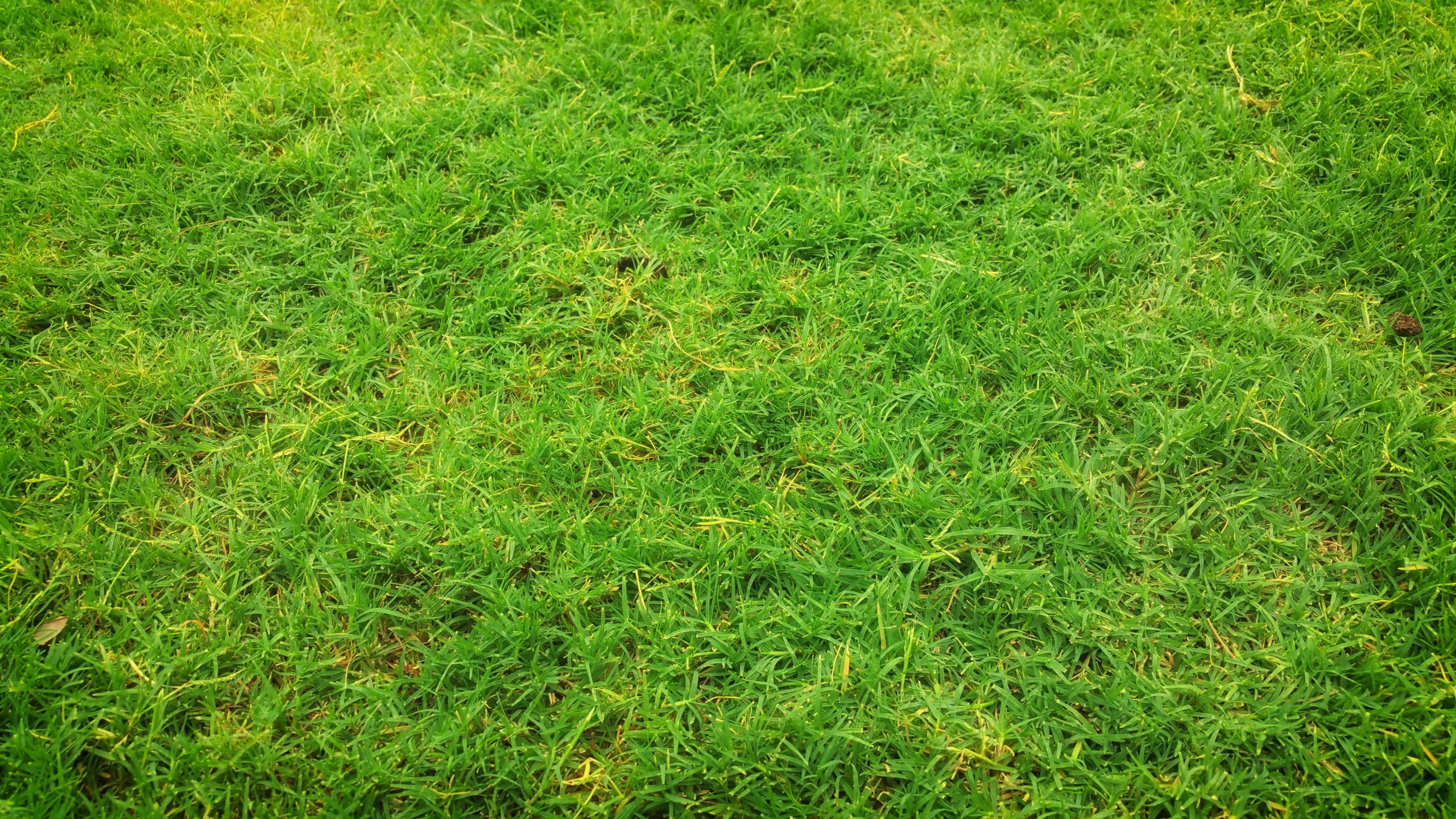

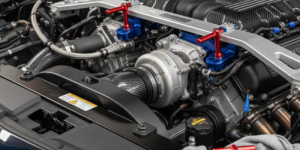
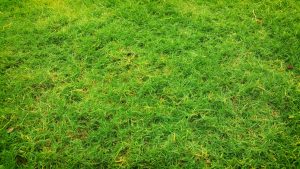





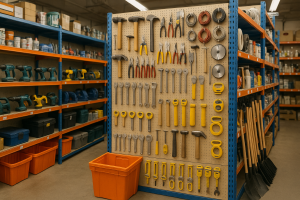

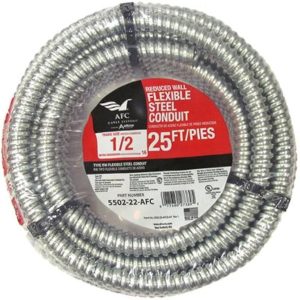
Post Comment
You must be logged in to post a comment.